In Cozy Cottage Book Club we are reading cottagecore classics. The Wind in the Willows was an obvious choice for the summer since it is one of the most beloved novels that most of us have stumbled upon at least one time during our childhoods.
Even though it is a well-known children’s book, did you know that it wasn’t originally meant to be one? It’s rather an adult’s book that can be read by children not so much the other way around. The world of literature can be funny like that, but that is why we in Cozy Cottage Book Club love to dive deep in them and learn a new thing or two.
Kenneth Grahame’s not so easy childhood.
In Scotland, 1859, Kenneth Grahame was born. His life was not easy since his mother passed away when he was only 5 years old. His father was due to his drinking problem in no condition to take care of the Grahame Siblings. Their upbringing was instead made by their grandmother, Granny Ingles that lived in Berkshire, England. It is not impossible to imagine that the inspiration for “The Wind in the Willows” began there, among spacious grounds, rivers, and boating.
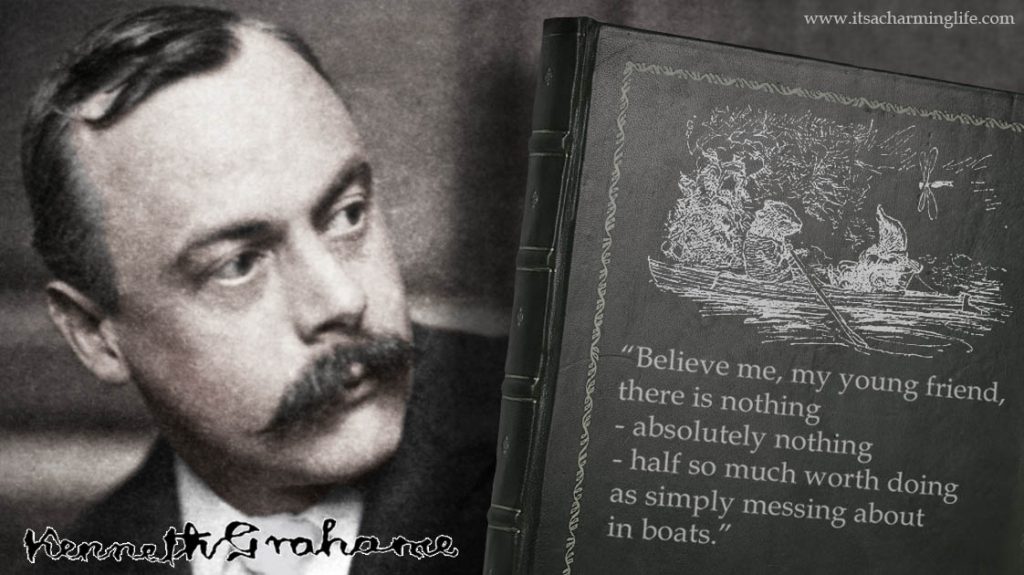
Kenneth could have been killed as much as 3 times.
Kenneth Grahame always wanted to become a student at Oxford University. A school that was associated with many famous writers, such as, Lewis Carroll, J.R.R Tolkien, C.S Lewis, and Thomas Wilde.
It was a big disappointment for Kenneth when he, due to economic reasons, was sent to work at the Bank of England, 1879. He was 21 years old, disappointed but with a dream of becoming a writer.
The years went on and Kenneth reached a high rank at the bank. During the summer of 1908, at the age of 49, he decided to retire from it. His most famous novel, The Wind in the Willows had been published around two months earlier. One can imagine how ready he was to follow his bursting dreams that he had kept inside him during the years on the bank. He had been shot at, 3 times, and one can only guess that he felt light as a feather the day he clocked out for the last time.
The beloved family of three.
His family was his wife, and one son, a boy named Alastair. He was a troubled young boy that unfortunately would not live to reach his 20s. His short life was filled with many health problems and he was missed dearly by Mr and Mrs Grahame.
They used to call him “Mouse”, and many say that he was the inspiration for the character of “Mr. Toad”. I can imagine how Kenneth saw him through the pages after he was gone. You see, The Wind in the Willows started out as small stories, and letters, addressed to young Alastair.
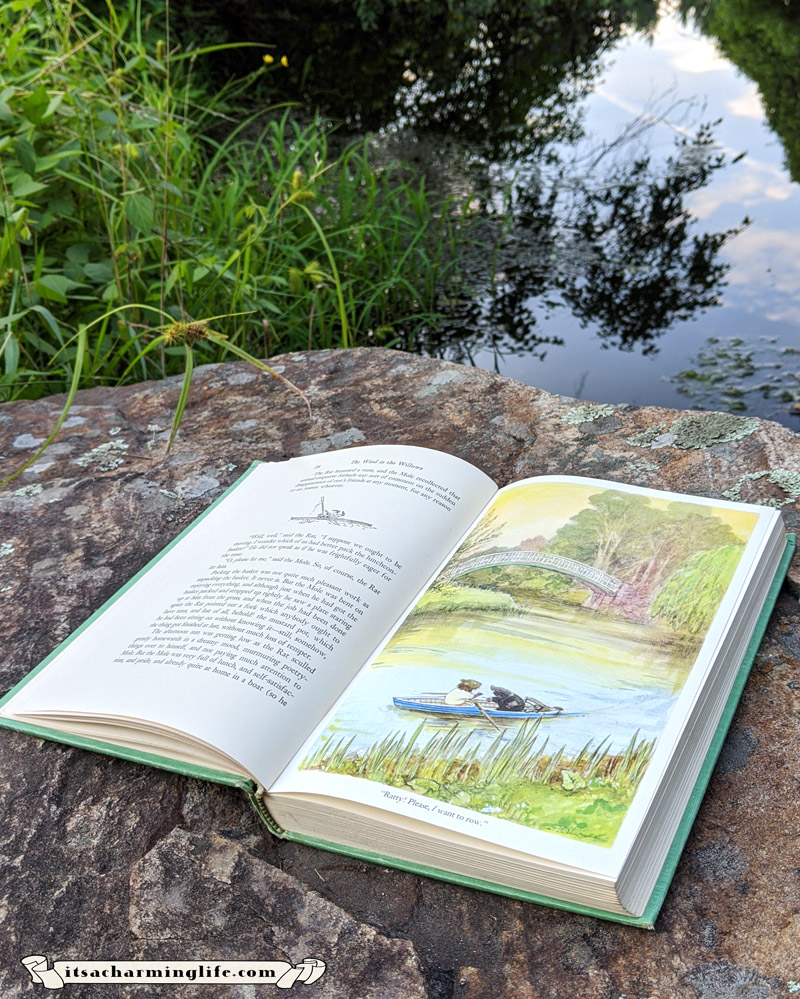
The mysteries and praise about The Wind in the Willows.
It is a mystery how this beloved classic got its name “The Wind in the Willows”. The original title suggested by Kenneth was “Mr. Mole and his Mates”. The word willows are not even written in the book once. That it grew to become a beloved book is no secret. Among the praise for his literary work, Theodore Roosevelt wrote to Grahame to tell him that he saw the novel’s principal characters—Mole, Ratty, Toad, and Badger—as “old friends”.
Also, the author of Winnie-the-Pooh”, A.A. Milne, adapted the novel for the stage in 1929 as “Toad of Toad Hall”. Ernest H. Shepard, the illustrator of Winnie the Pooh, later did the illustrations for the 1931 edition of “The Wind in the Willows”. It was personally one of E.H. Shepard’s favorite projects in his career.
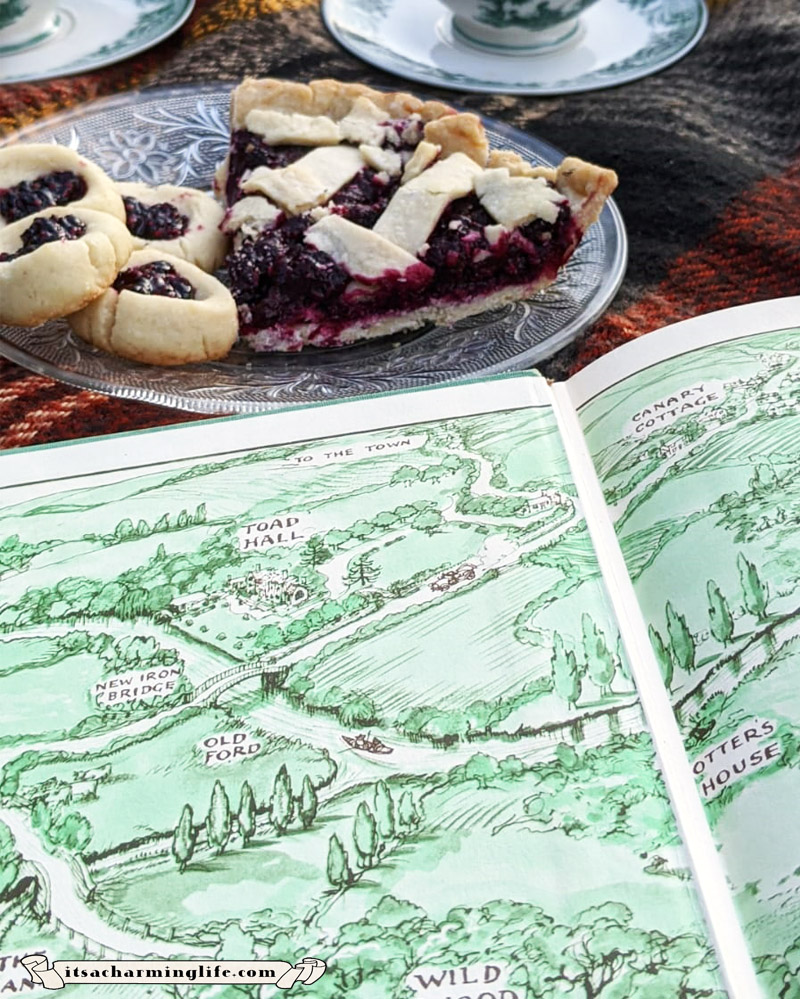
The legacy by Kenneth Grahame
Kenneth Grahame left behind his best-known work, a story of friendship. I believe we still love it so much because it shows us that you can be different from each other, yet be a complementary piece of the construction of friendship.
It does not matter if you came from an underground tunnel, like Mole, or, haven’t seen much more than the local river, like Ratty. Neither if you prefer social distancing, like Badger, or decadently enjoy your wealth and fortune in the open as Mr. Toad.
Friendship comes from the heart and a love that goes beyond our differences. So did also this story. From a loving heart of a hard-working, yet a determined writer, making up stories for his little son that he and his wife loved so much.
Let the river take you to where the river wants.
Through rustling in the willow trees over the peaceful riverbank you can still hear it being told. If that ever happens to you, and you suddenly find yourself sitting in a boat, let the river take you to where the river wants. You see, some stories like this one does not need letters and covers to be re-experienced, but a simple day at any river, simply messing around in boats.
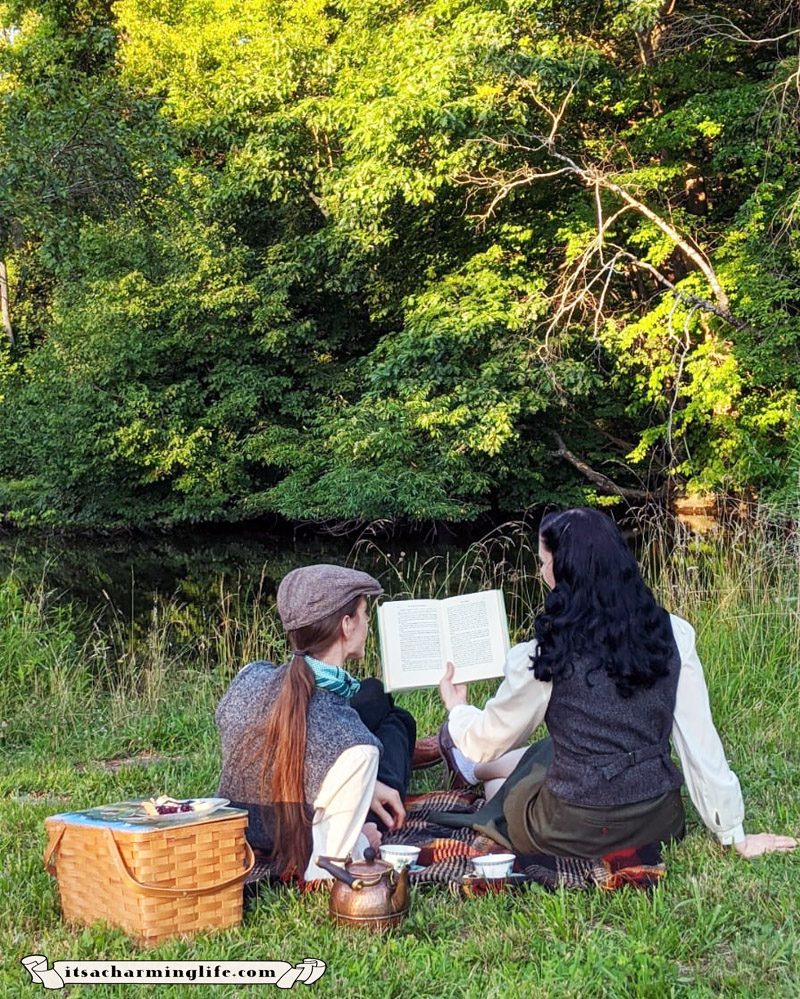
Reading “The Wind in the Willows” adults + favorite quotes!
Jonas found the questions it left as very pleasant ones. Perhaps since it was questions that did not require any specific answers.
Reading the original novel for the first time left me, Jonas, with many interesting questions of the pleasant kind that not necessarily require an answer. It is simply fascinating that talking animals and humans live around each other as if it is the most common thing ever. It all gave me a vision that true friendship indeed is blind. We can all live side by side, being good friends BECAUSE we are different.
My favorite part that is both beautiful and sad at the same time, is when Mole recognizes the old home that he had before he becomes involved in the river life. It so beautifully describes his home as almost a character itself. And indeed, that is what I feel too re-visiting my home town or coming back to our cottage after being away for a little while.
“Now, with a rush of old memories, how clearly it stood up before him, in the darkness! Shabby indeed, and small and poorly furnished, and yet his, the home he had made for himself, the home he had been so happy to get back to after his day’s work. And the home had been happy with him, too, evidently, and was missing him, and wanted him back, and was telling him so, through his nose, sorrowfully, reproachfully, but with no bitterness or anger; only with plaintive reminder that it was there, and wanted him.”
Lindsay loves doing nothing in particular
I was so happy to read “The Wind in the Willows” as an adult. Getting to know the characters better after learning about how the author put so much of himself into them, made it even more special. It’s perhaps a much better connection to the story than my childhood memories of going on the “Mr. Toad’s Wild Ride” attraction at Disneyland where it ends by “going to hell.” What stood out to me was how doing nothing in particular is sometimes the very best thing to do (and have lots of picnics).
“Nothing seems really to matter, that’s the charm of it. Whether you get away, or whether you don’t; whether you arrive at your destination or whether you reach somewhere else, or whether you never get anywhere at all, you’re always busy, and you never do anything in particular; and when you’ve done it there’s always something else to do, and you can do it if you like, but you’d much better not.“
Welcome to join our online-based Book Club.
“Cozy Cottage Book Club” is for you who share our love for cottagecore. If you’re not a member yet, sign up for It’s a Charming Life’s Patreon and join the discussions + montly tea parties on Discord!

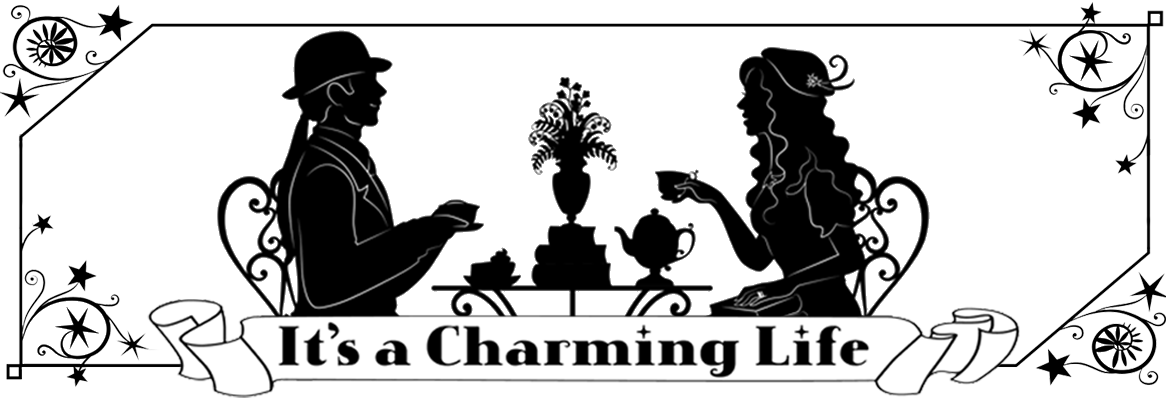
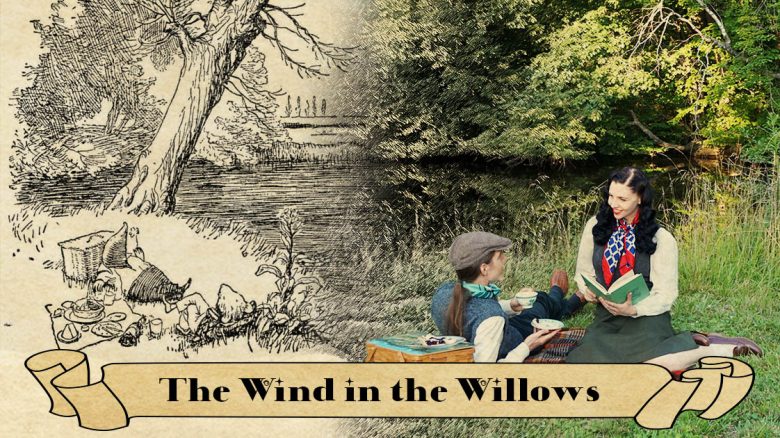
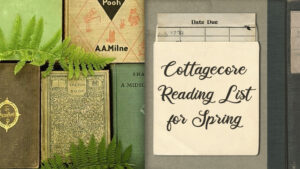
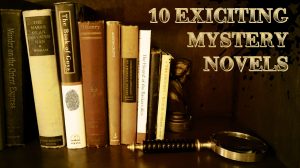
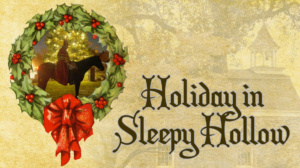
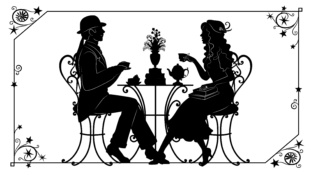
Comments
Pingback: CALM AND RELAXING SUMMER ACTIVITIES | A Stress Free Summer